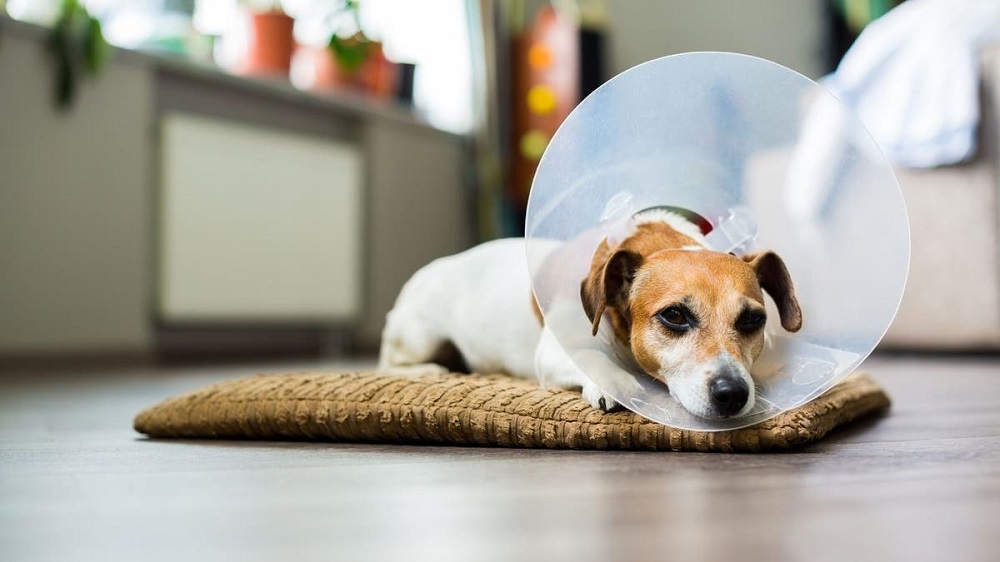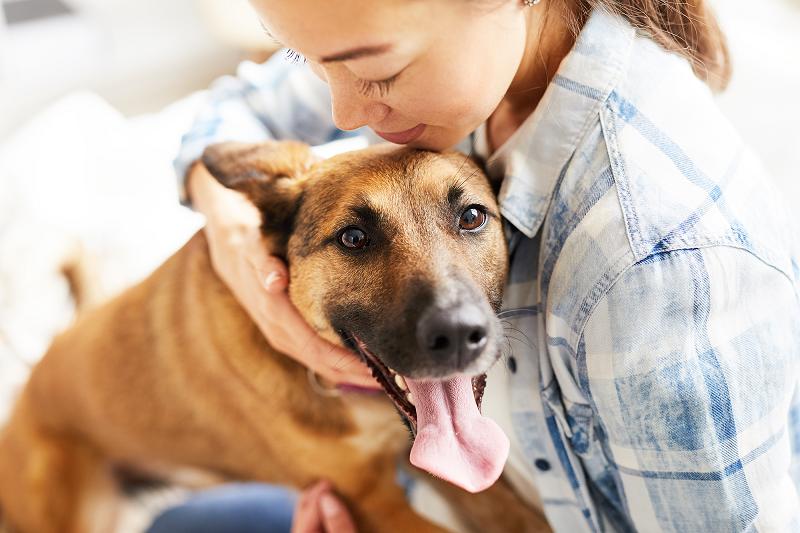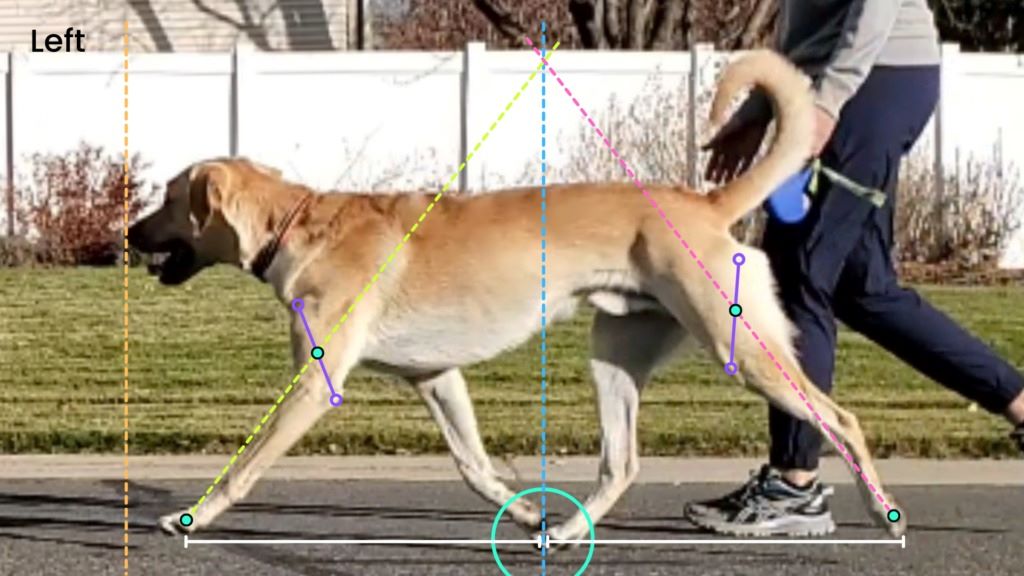If you’re a pet owner, you may have considered getting your dog neutered. Neutering is a common surgical procedure performed on male dogs to remove their testicles. While it offers several benefits, such as preventing unwanted litters and reducing certain health risks, it’s natural to wonder about the recovery process. In this article, we’ll explore the timeline and factors that affect a dog’s recovery after being neutered.
Introduction to Neutering
Neutering, also known as castration, is a surgical procedure conducted by a veterinarian to remove a male dog’s testicles. It is a routine procedure that is usually performed under general anesthesia. Veterinarians widely recommend neutering dog’s health as a means to control pet overpopulation and improve the health and behavior of dogs.
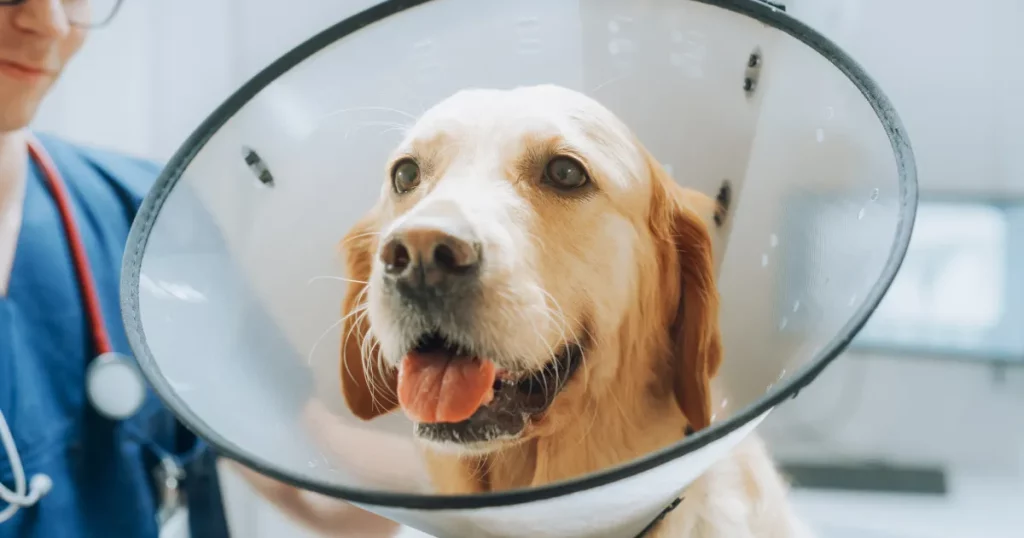
Immediate Post-Operative Period
After the neutering procedure, your dog will be monitored closely by the veterinary staff until he wakes up from anesthesia. This period is crucial, as the dog may experience some grogginess and disorientation. The veterinary team will ensure your dog’s body temperature, heart rate, and breathing are stable before allowing him to go home.
First 24 Hours
During the first 24 hours after neutering, it’s important to create a quiet and comfortable environment for your dog. Limit his physical activity to prevent any strain on the surgical site. The veterinarian will provide specific instructions on pain management, medication, and feeding. It’s essential to follow these instructions diligently to ensure a smooth recovery.
Managing Pain and Discomfort
Neutering is a surgical procedure, and it’s natural for your dog to experience some pain and discomfort during the recovery period. The veterinarian may prescribe pain medication to alleviate these symptoms. It’s crucial to administer the medication as directed and keep a close eye on your dog for any signs of distress.
Restricted Activity and Exercise
To promote proper healing, it’s important to restrict your dog’s activity and exercise during the recovery period. Avoid activities such as running, jumping, or rough play that can strain the surgical site. Walking your dog on a leash for short periods, as recommended by the veterinarian, can help prevent boredom while ensuring a gradual return to normal activities.
Incision Care
Proper care of the incision site is essential for a smooth recovery. The veterinarian will provide instructions on how to clean and care for the incision. It’s important to keep the area clean and dry, and avoid bathing your dog until the stitches are removed or dissolved. If you notice any signs of infection, such as redness, swelling, or discharge, contact your veterinarian immediately.
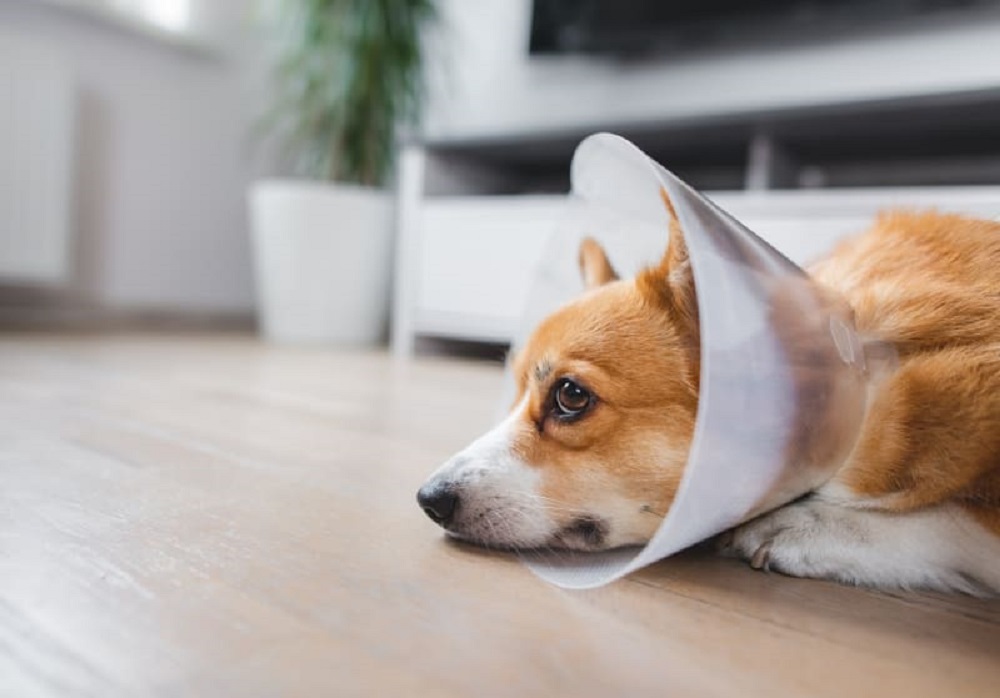
Signs of Complications
While most dogs recover without complications, it’s important to be aware of potential issues that may arise. Keep a close eye on your dog and contact your veterinarian if you notice any of the following signs:
- Excessive bleeding from the incision site
- Swelling that worsens or doesn’t improve
- Persistent pain or discomfort
- Loss of appetite
- Lethargy or weakness
Average Recovery Time
The recovery time for a dog after neutering can vary depending on various factors, including the dog’s age, overall health, and individual response to surgery. In general, most dogs require about 10 to 14 days to recover fully. However, it’s important to note that each dog is unique, and the recovery period may be shorter or longer.
Gradual Return to Normal Routine
Once your dog has completed the initial recovery phase, you can gradually reintroduce his normal routine. Start by slowly increasing his activity level and exercise, following the veterinarian’s recommendations. It’s essential to monitor your dog’s behavior and ensure he doesn’t overexert himself during this transition period.
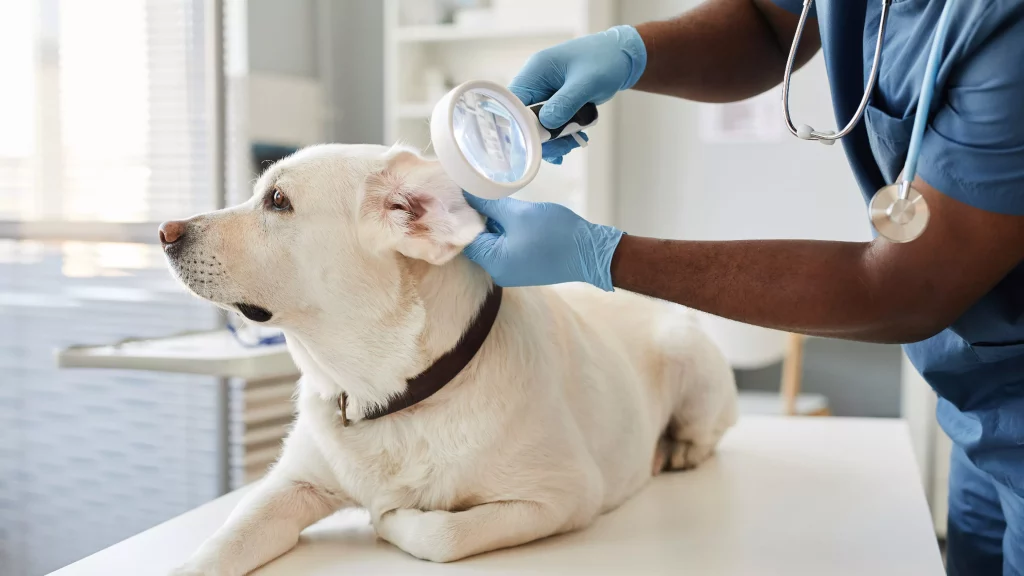
Conclusion
Neutering is a common procedure performed on male dogs, and understanding the recovery process is essential for every pet owner. By following the veterinarian’s instructions and providing a calm and nurturing environment, you can help your dog recover smoothly. Remember to be patient and attentive to your dog’s needs during this time.
FAQs (Frequently Asked Questions)
Q1: Can I bathe my dog after neutering?
A1: It’s best to avoid bathing your dog until the stitches are removed or dissolved. Consult your veterinarian for specific instructions regarding bathing and incision care.
Q2: Will my dog’s behavior change after being neutered?
A2: Neutering can have positive effects on a dog’s behavior, such as reducing aggression and marking behaviors. However, the extent of behavior change may vary depending on the dog.
Q3: Is neutering a painful procedure?
A3: Neutering is performed under anesthesia, so your dog will not feel any pain during the surgery. However, some pain and discomfort may be experienced during the recovery period.
Q4: Can I let my dog play with other dogs during the recovery period?
A4: It’s generally recommended to restrict your dog’s interactions with other dogs during the recovery period to prevent potential injuries or complications.
Q5: What are the long-term health benefits of neutering a dog?
A5: Neutering can help reduce the risk of certain health issues in male dogs, such as testicular cancer and prostate problems.

